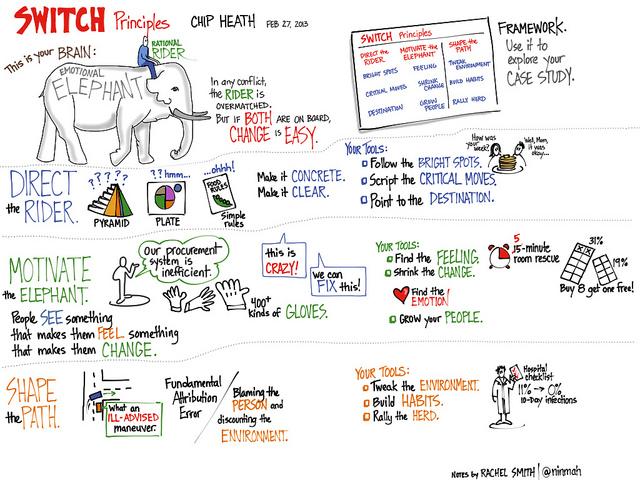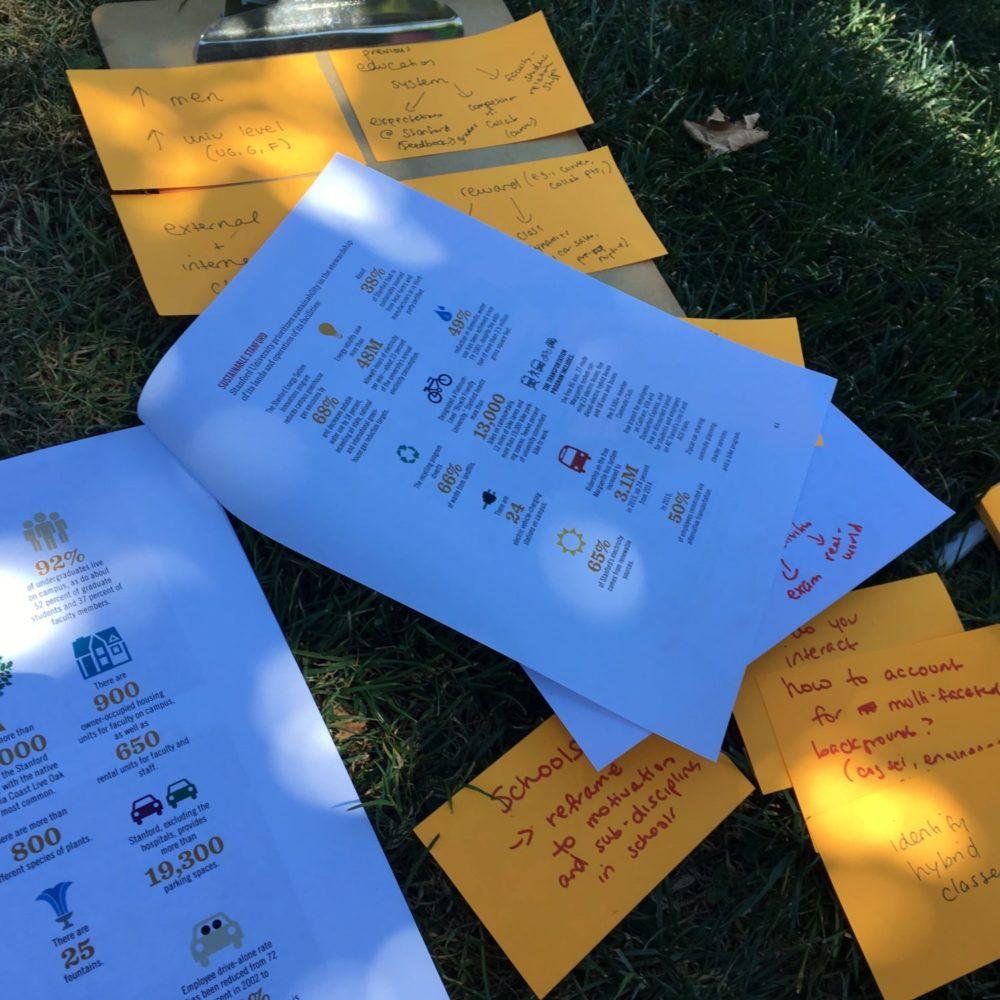In Finland, much of the nation halts to a stand-still in July. This can offer a perfect time to refresh and get some new inspiration for your work. Read on for a few questions you may want to ask yourself, and some easy reads to provoke more thinking on the topics.
In Finland, much of the nation halts to a stand-still in July. This can offer a perfect time to refresh and get some new inspiration for your work. Read on for a few questions you may want to ask yourself, and some easy reads to provoke more thinking on the topics.
“What am I not seeing?”
Although Creativity, Inc. is not a research-based book, I find Pixar co-founder Ed Catmull’s thinking on how to encourage creativity and innovation in organizations insightful. (If you prefer listening to reading, you can also watch a video of Catmull’s talk at Stanford.) Catmull emphasizes that any movie is not about one great idea, but instead made of hundreds of ideas which probably sucked at one point. Catmull highlights the need to establish a culture of candor. He describes for example how Pixar’s ”Braintrust” reviews movies-in-the-making, providing specific, detailed feedback to scenes, without any authority to mandate changes – it is up to the director how the comments guide the movie onwards. On the other hand, one also needs candor and an open mind to lead creative endeavors. Catmull for example describes being caught totally unaware of the rift between artists and production staff in the wake of Toy Story. “Being for the lookout for problems, I realized, was not the same as seeing problems.” Communication lines needed to be opened.
“Can I describe the box differently?”
If you’re looking for more bite-sized insights, two recent articles from MIT Sloan Management Review and Harvard Business Review write about the importance of reframing how you look at problems. Or, as as professor Adam Grant tweeted, “To create new solutions, we need new problem statements. Don’t think outside the box; describe the box differently.” We need to be careful not to incorporate assumptions of the cause of issues when defining the problem, otherwise we lock ourselves on a path of interpretation that is difficult to deviate from. On the other hand, in addition to framing the problem in an open-minded manner, you also want to give room for a clearly visible small win, demonstrating a tangible improvement within the first two months on your quest. Which brings us to the third questions:
“How can I make this happen?”
Sometimes you need to do some convincing to get others to join your efforts to reframe problems. And even if people are ready to candidly and open-mindedly discuss issues in your organization, sooner rather than later you need people to actually do something about them. Here another easy-going summer read is Switch, a bestselling science-based popular book on how to motivate and sustain change. For example, you might concretize your case for centralized supply management by piling the hundreds of different glove types currently ordered on the table in a meeting. The Heath brothers adopt a metaphor of a small rational rider steering a large emotional elephant on a situational path (see Rachel Smith‘s visualisation of the book on the left).
a bestselling science-based popular book on how to motivate and sustain change. For example, you might concretize your case for centralized supply management by piling the hundreds of different glove types currently ordered on the table in a meeting. The Heath brothers adopt a metaphor of a small rational rider steering a large emotional elephant on a situational path (see Rachel Smith‘s visualisation of the book on the left).
The book is organized into examples on how to deal with all three of these elements when attempting to change something, whether it’s in the context of adopting a healthier diet or creating new organizational processes:
- Direct the Rational Rider: find the bright spots, script the critical moves, and point to the destination
- Motivate the Emotional Elephant: find the feeling, shrink the change, and grow your people
- Shape the Situational Path: tweak the environment, build habits, and rally the herd
A vacation can provide a useful distancing from your previous thinking, with new experiences drawing new insights – so you can pat yourself on the back, you’ve already increased your odds of coming up with a new point-of-view for a problem. We suggest you take this moment to reflect on what the next step could be to energize you and refresh your thinking. Enjoy the summer!
 Aalto DF
Aalto DF